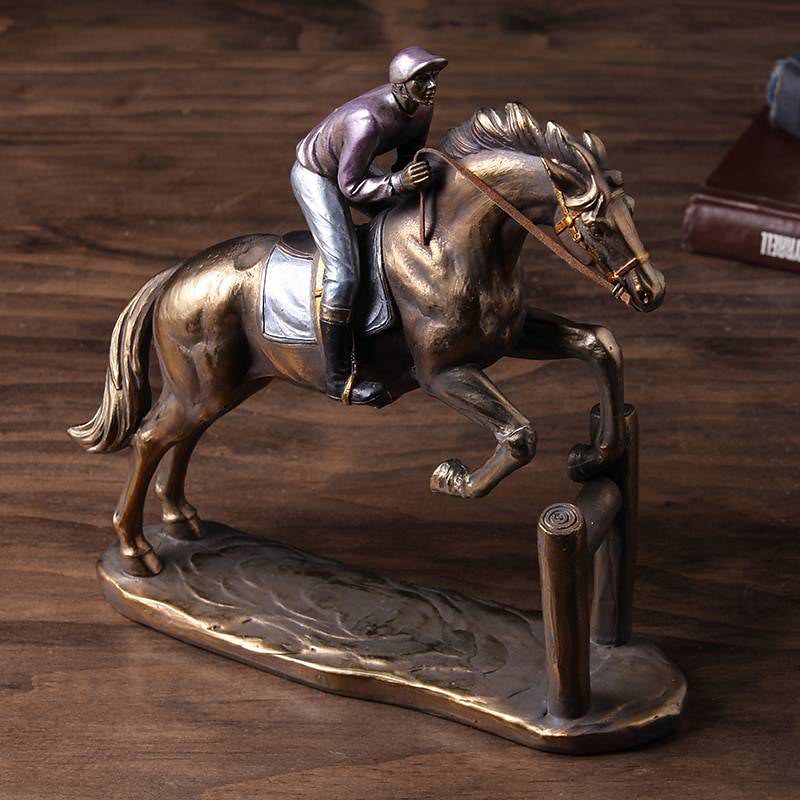As the temperature drops, horses burn extra energy to stay heat, subsequently their vitality necessities will increase. We are able to present our horses extra vitality in the type of concentrates and forage. Forages are digested by the microbes in your horses large intestine and produce extra heat than concentrates. A fantastic analogy is to compare concentrate and forage to your wooden stove. Concentrates are your kindling and Forage are the logs. Ideally a horse would obtain free selection hay throughout the winter. How a lot additional forage does your horse need to stay warm? Then they will regulate in the event that they need more or less during the day and evening. A few of us have simple keepers who wouldn't do nicely on free alternative hay! For these horses, we have to regulate their intake. Weigh out their hay and supply it in small gap hay nets to prolong their quantity of chew time. The very first thing it's essential do is learn how much your horse weighs. Using physique size plus coronary heart girth tends to be extra correct. I like to recommend utilizing the following method versus a weight tape that only wraps around the guts girth. Using a delicate measuring tape (the sort usually found in sewing kits) measure your horses coronary heart girth and write the variety of inches down. Subsequent, measure the body size from point of shoulder to level of hip, and write it down. Write down the HG and BL additionally, it will help ensure you that you're measuring at the identical location every time. Ensure you write all of it down to discuss with all through the winter. If you are a number of inches off, most certainly you might be measuring from a barely completely different just6f.com/horse-statues/ location (except you'll be able to tell by wanting that your horse has obviously gained or lost weight). Try to find landmarks. Paint horses have great landmarks! Now that you know how a lot your horse weighs, you'll be able to figure out how a lot hay he must eat. Your common horse in supreme weight should devour 2% of his physique weight. Some arduous keepers require upwards of 2.5% of body weight. When you have an overweight horse, you possibly can drop right down to 1.5% of his body weight, however no lower than that or you may be creating an entire other set of issues! 23lb of hay per day. Max weighs 1,159lb and must eat 2% of his body weight. When the temperature drops below 45 levels F (together with wind chill) horses start to burn further vitality to remain heat. This 45 degree mark is called "Vital Temperature". For each 1 diploma F below the vital temperature, your horse will require a 1% increase in digestible energy (DE). As with all the things horse related, there are a number of variables to this rule, equivalent to wind chill, rain/sleet, your horses coat thickness or if you blanket. Think of digestible vitality like your horses calorie requirement. Since horse nutrition is 90% math, lets get back to that! If I proceed with the math we might calculate your horse's DE necessities, next calculate how much further DE is required in your current temperature, subsequent test your hay to see precisely how a lot DE it supplies per pound, lastly calculate how a lot extra hay will provide the extra DE required for the current temperature. If it is 20 degrees F where our buddy Max lives he would wish an additional 2 1/2-5lb of hay. This guideline is for horses at maintenance or gentle work. Additional hay can be needed in case your horse is a tough keeper, in heavy work, or on poor high quality hay.
